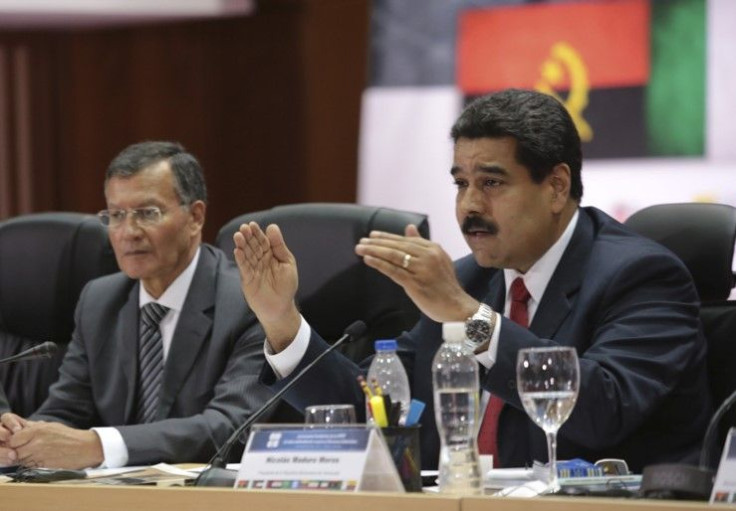OPEC: Higher demand for crude expected in 2016

The Organisation of Petroleum Exporting Countries (OPEC) is foreseeing a higher demand of crude in the coming year.
Monday’s forecast predicted that OPEC’s strategy of letting prices fall, hit the U.S. shale oil and other rival supplies. With the decline in oil prices, rig counts were reduced in half and U.S. shale producers are taking necessary steps to increase efficiency and cost saving. This will in turn increase the demand of oil from OPEC.
In a monthly report released by the organisation, the world was estimated to need 30.82 million barrels per day from the group come 2016. The expected number has gone up by 510,000 bpd from the previous prediction.
Implementation of OPEC’s forecast would be a further indication that the strategy is working. Last year, the organisation refused to increase prices to recover market shares taken by higher-cost rival production. It has instead opted to raise its output as a response.
A decline of 130,000 bpd in 2016 from non-OPEC countries like the U.S., the former Soviet Union, Africa, the Middle East and Europe is expected, according to the report. A growth of 160,000 bpd was predicted by OPEC. In contrast to that, Brazil’s output is expected to increase, albeit a slower pace as a number of projects have been delayed.
In 2014, non-OPEC oil supply had a record-high growth of 2.24 million bpd. OECD Americas had the highest output of all regions from non-conventional sources with 1.92 million bpd increase.
The decline has been driven by low oil price environment with prices going down by 50 per cent in the third quarter of 2014. This led to less spending and naturally lower activity, such as less drilling and delay or cancellation of new projects, which has put pressure in the growth of production.
Decreasing demands from non-OPEC countries means that the excess supply in the market will be reduced, which in turn leads to a higher demand in OPEC crude. It was also stated in the report that this results in a more balanced oil market fundamentals.
Other forecasters, such as the International Energy Agency, also expect lesser oil production from non-OPEC countries. The IEA advises industrialised countries and it sees an even bigger drop in their supply come 2016.
OPEC’s 2016 forecast for non-OPEC supply linked with a high level of uncertainty as unplanned shutdowns, and swift decline rates, topped with geopolitical conditions can affect the supplies of the countries next year.
A 750,000 bpd supply surplus is expected next year, if the group keeps pumping at September’s rate. Demand for OPEC crude will, on the average, rise to 31.50 million bpd in the third quarter of 2016, leaving almost no surplus, OPEC predicted.
Contact the writer at feedback@ibtimes.com.au, or let us know what you think below





















